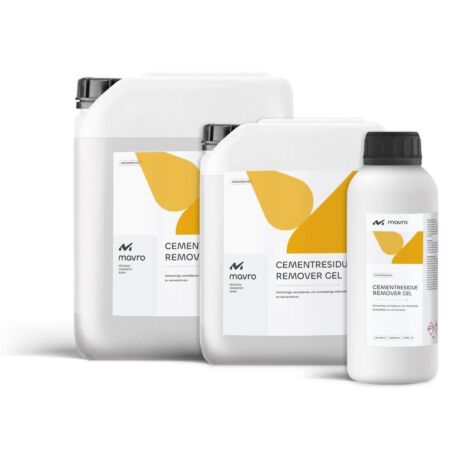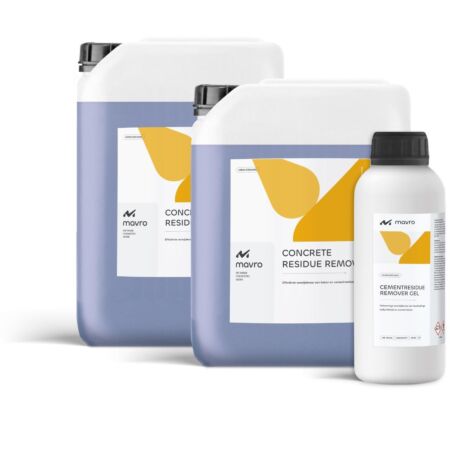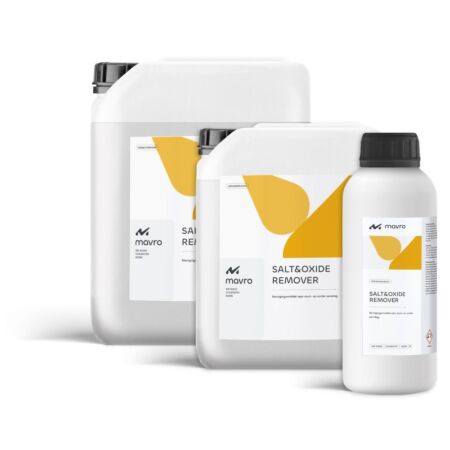We are happy to help you
Cement Remover
Powerful acidic cleaner for the removal of cement residues and stubborn calcareous efflorescence.
PRODUCT DESCRIPTION
Cement Residue Remover is a powerful acidic cleaner based on hydrochloric acid and phosphoric acid.
Cement Residue Remover effectively removes early white deposits, efflorescence and cement residue.
USE
Cement Residue Remover is suitable for cleaning acid resistant, mineral surfaces such as brickwork and tiles.
CHARACTERISTICS
• Quick and efficient cleaning
• Friendly on most surfaces
• Leaves no residue
PACKAGING
0.5, 1, 5 and 10 L.
OPERATING INSTRUCTIONS
1. Apply Cement Residue Remover undiluted with a brush. Pour the product on horizontal areas and spread with a brush or broom.
2. Let the product work on the surface for 5 – 60 minutes. Make sure to keep the surface moist.
3. Rinse the surface with a high-pressure spray. Depending on the substrate, use between 50 and 200 bar of pressure. Use cold or warm water with a maximum temperature of 50°C.
4. Repeat the procedure if necessary.
APPLICATION CONDITIONS
Cement Residue Remover can be used in all dry weather conditions.
THEORETICAL CONSUMPTION
Consumption is between 5-15 m2/L. Consumption highly depends on the nature and degree of pollution and the porosity of the surface.
STORAGE AND STABILTY
Can be kept for at least 12 months in original unopened packaging. Store in a ventilated, cool and frost-free place.
SAFETY PRECAUTIONS
Causes severe burns and eye damage. Avoid skin and eye contact, wear suitable gloves, protective clothing and safety goggles. If in doubt, always consult the safety data sheet or our R&D department.






